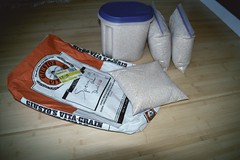
I finally broke down and bought myself an industrial quantity of Oat Bran. I’d bought a 25 pound sack of whole oats, because I could throw most of them in the freezer, and because we have a penchant for steamed oats for breakfast, but this? This is a commitment to baking (although some of us have eaten the stuff as a hot cereal, that’s just not normal).
So, the industrial quantity of bran, because the sourdough starter has just … well, exploded. I don’t know what’s up with it, but I’m having to bake about twice a week now, just because the stuff really wants to escape from its jar. I’m having to stir the stuff at the very least every other day, or else it pressurizes the jar and leaps out when I open it.

Into every batch of bread goes the same quantity of Fiber. Not that many of the batches are the same, or even mostly the same, but that the fiber provides the … anchor for it all. Two cups Flax Seeds (golden, because they’re more attractive in bread) and two cups of Oat Bran. From this, and lots of other stuff, will eventually come four loaves of bread. Could be sourdough (these days even my sweet breads are), or it could be otherwise, but this provides the anchor, and is why people love the stuff, I believe. You see, despite people’s fear of fiber, I think that they really want a hearty, crunchy, hefty bread. Not that this amount of fiber will kill the bread, by any means, but that it’ll give a good … heft to it all.
In today’s case, we’re making a Triple-O bread: Onion, Olive, Oregano. Also in there, playing bit parts, are rosemary, sage, thyme, mustard seeds (brown only, ’cause I’m out of yellow), sourdough starter, whole wheat flour, and a small bottle of Moscato wine. Sometimes I’ll go with Merlot, but lately it’s been Moscato, because of the sweetness, and because the Merlot makes it a bit too dark in color if I’m feeling like making a sourdough which could pass as anything other than whole wheat. The Merlot will make it kind of pink; it will enhance the color of the whole wheat flour, where the Moscato will leave it light in color.
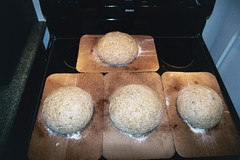
Rather than go for the fancy wooden peel, I’ve been sticking with cardboard rectangles. Notice the little splash of cornmeal visible there underneath the loaves? That’s to make it easier to get onto the stone, which is heating away in the oven, which is set at 505 degrees F. (No – I don’t know why 505 and not just 500; it’s just the way I do it, and it makes me happy.) I discard the cardboard after a few months, or when it starts to suffer from having been sprayed with Olive Oil, which has been the case today. Sometimes it’s flour for the tops, if I’ve been using a white flour, but sometimes it’s just oil to keep the plastic from sticking to the tops while they rise.
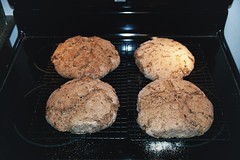
So, after the long tortuous wait, it’s off of the stone and onto the cooling racks, where it’ll be covered with towels and will wait overnight, to be sliced up and shared with friends. We’ve found that it’s better to let it settle overnight, so that its moisture content can balance, and so that the glutens can really set up. It’s much easier to slice, and you’re less likely to indulge in that “half-a-loaf by way of sample” trap, which was getting way too common for us.


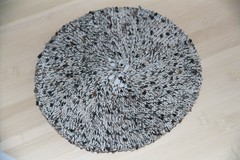

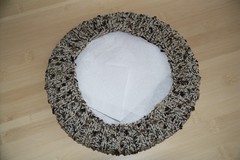






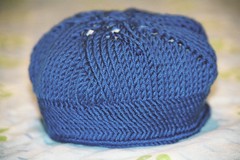


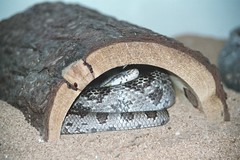


 Every year we’ve amended, tossed in various potions and promises in the hopes that we are continuing the process of breaking down adobe clay into reasonable soil. Last year’s backbreaking 15 sq. yards of composting tree leaves finally did the trick. That, and the water-absorbing polymer, the late rains, the early freeze, perhaps — everything rolled into one and the Moon being in the 9th House have created the kind of dirt that you step into… and sink.
Every year we’ve amended, tossed in various potions and promises in the hopes that we are continuing the process of breaking down adobe clay into reasonable soil. Last year’s backbreaking 15 sq. yards of composting tree leaves finally did the trick. That, and the water-absorbing polymer, the late rains, the early freeze, perhaps — everything rolled into one and the Moon being in the 9th House have created the kind of dirt that you step into… and sink.